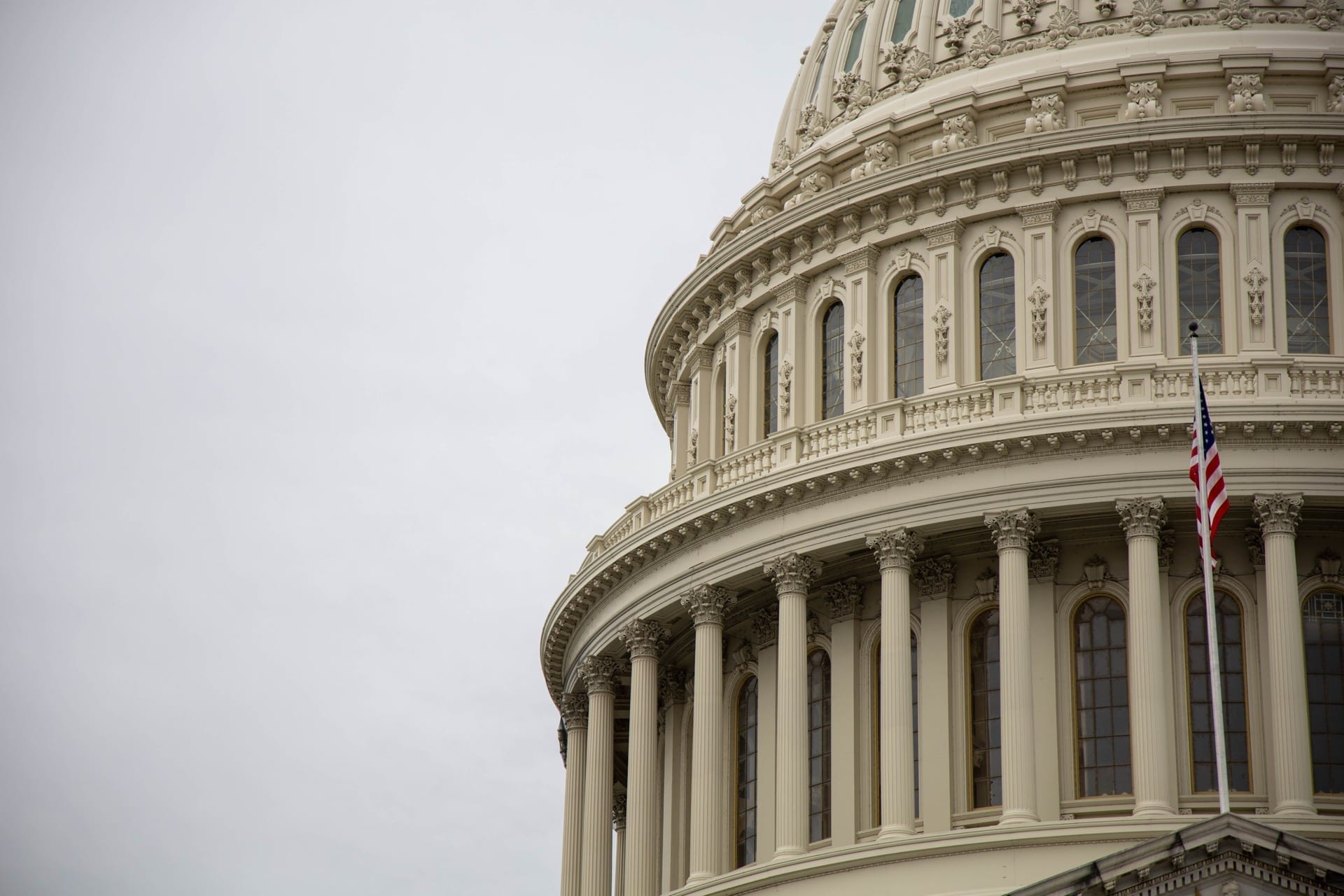By Stanley Greenberg & Anna Greenberg
This article appeared in the New York Times on December 23, 2016.
President Obama will be remembered as a thoughtful and dignified president who led a scrupulously honest administration that achieved major changes.
People argue over whether his impatience with politicians and Republican intransigence denied him bigger accomplishments, but that argument is beside the point: He rescued an economy in crisis and passed the recovery program, pulled America back from its military overreach, passed the Affordable Care Act and committed the nation to addressing climate change. To be truly transformative in the way he wanted, however, his success had to translate into electoral gains for those who shared his vision and wanted to reform government. On that count, Mr. Obama failed.
His legacy regrettably includes the more than 1,000 Democrats who lost their elections during his two terms. Republicans now have total control in half of America’s states.
Why such political carnage?
Faced with the economy’s potential collapse as he took office, Mr. Obama devoted his presidency to the economic recovery, starting with restoring the financial sector. But he never made wage stagnation and growing inequality central to his economic mission, even though most Americans struggled financially for the whole of his term.
At the same time, Mr. Obama declined to really spend time and capital explaining his initiatives in an effective way. He believed that positive changes on the ground, especially from economic policies and the Affordable Care Act, would succeed, vindicating his judgment and marginalizing his opponents.
Absent a president educating the public about his plans, for voters, the economic recovery effort morphed into bailouts — bank bailouts, auto bailouts, insurance bailouts. By his second year in office, he spotlighted the creation of new jobs and urged Democrats to defend our “progress.”
When President Obama began focusing on those “left behind” by the recovery, he called for building “ladders of opportunity.” That communicated that the president believed the country’s main challenges were unrealized opportunity for a newly ascendant, multicultural America, rather than the continuing economic struggle experienced by a majority of Americans.
Mr. Obama also offered only tepid support to the most important political actor in progressive and Democratic politics: the labor movement. In the absence of progressive funders in the mode of the conservative Koch brothers, unions are the most important actors at the state legislative level. Yet when the 2010 election ushered in a spate of anti-union governors, who eliminated collective bargaining rights for public employees and passed “right to work” laws, Mr. Obama never really joined this fight. In fact, he spent the last couple of years of his presidency pursuing the Trans-Pacific Partnership Agreement, a free trade law vociferously opposed by the labor movement. Under President Obama, union membership has declined to 11.1 percent from 12.3 percent.
While the Obama campaigns of 2008 and 2012 were models of innovation in online organizing and microtargeting, they did not translate into success in the midterm elections or in Hillary Clinton’s campaign. Democratic turnout dropped in 2010, 2012 and significantly in 2014. Models, it appears, do not substitute for the hard work of organizing and engaging voters in nonpresidential years; models that apparently drove nearly every decision made by the Clinton campaign are no substitute for listening to voters.
Finally, just as he governed, the campaign messages from the president in the midterms and in 2016 were focused on progress and growth.
On the eve of the 2016 election, the president used the refrain: “We’ve seen America turn recession into recovery” and 15.5 million new jobs. Pointedly, he said, “Incomes are rising. Poverty is falling.”
The public’s reaction was stark from the beginning. People did not believe his view on the economy, and his approval ratings fell in Maine, New Hampshire, Pennsylvania, Iowa, Minnesota and Wisconsin in 2010 and in Iowa, Michigan, North Carolina, Ohio and Pennsylvania in 2014 — the states that led the working-class move away from the Democrats.
Just as important, however, was the discontent brewing with the Democrats’ own base. Combined, the approximately 40 percent of minority, unmarried female and millennial voters disapproved of how President Obama was handling his job in 2010 and 2014, and many stayed home during the off-year elections. Mitt Romney carried white millennials by 7percentage points in 2012.
Mr. Obama did win re-election that year, though only after embracing Teddy Roosevelt’s populist spirit and criticizing the “breathtaking greed of a few.” He declared it a “make-or-break moment for the middle class.” This posture did not animate his governing message or the 2016 presidential election. The president will leave office with a rising approval rating near the same league of Ronald Reagan, an economy nearing full employment and real wages tipping up. Yet a majority of voters in the last election said the economy was the top issue in their vote.
We think voters were sending a clear message: They want more than a recovery. They want an economy and government that works for them, and that task is unfinished.


